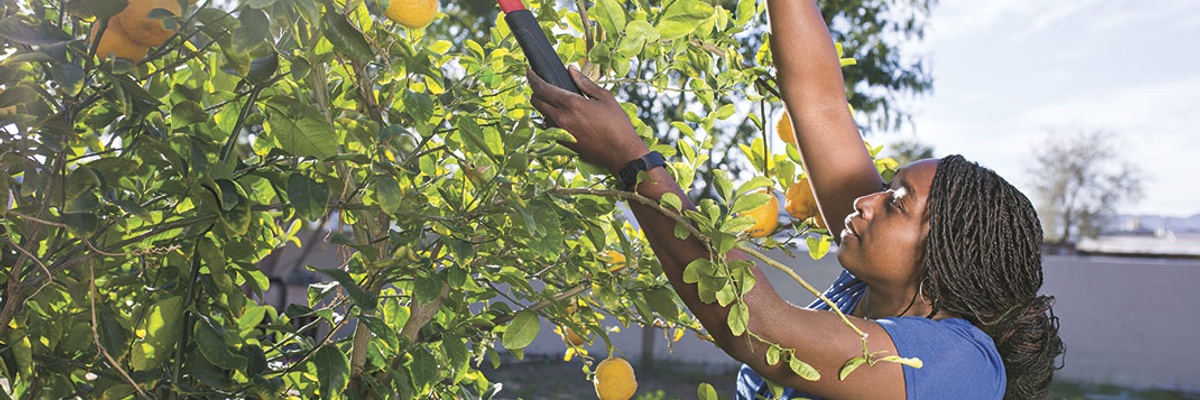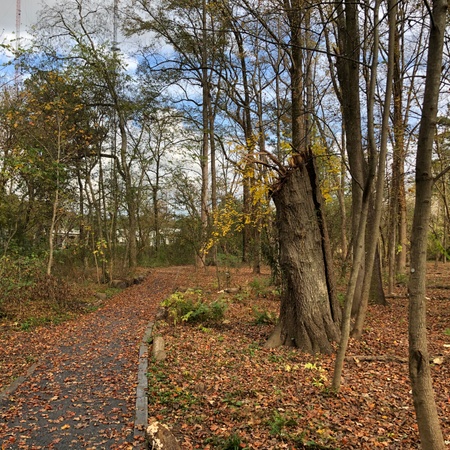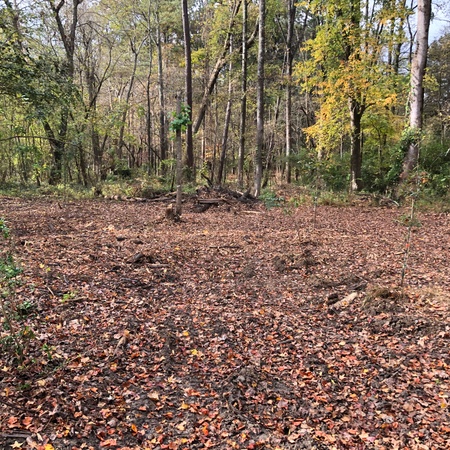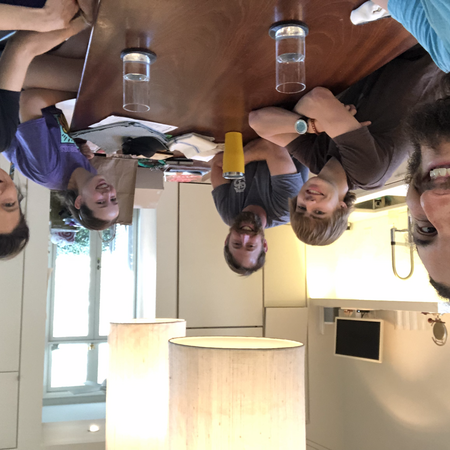

"The best time to plant a tree was 20 years ago. The second best time to plant a tree is today"- Chinese proverb
The Open Orchard Project connects communities through fruits and the planting of fruit trees in public places. These trees provide free fruit to local residents and greenery to our urban environments. Open Orchard started in London, England but the idea is just as relevant elsewhere so we love to see Open Orchard groups start up and plant fruit trees on public land across many more cities.
The environmental effects of planting trees takes time. A newly planted tree will offer some extra pollination opportunities and absorb a small amount of carbon dioxide and additional rainwater that might have gone into drains, however year on year, these positive effects increase as the tree grows.
Since the fruit trees are planted on public land it is necessary to have buy-in from the local council, but for the project to really be sustainable, engaged communities need to act as the custodians of the trees. The project can give neighbours the opportunity to meet properly for the first time, while working towards a common goal with a sense of purpose. In many areas, especially urban ones, this can be very important. Even if neighburs move away from the area the trees will live for 20-30 years - and remain a shared connection and legacy.
The fruit harvested from the trees can provide the community with a new source of fresh food. It can be eaten raw or used to produce other products (which in years to come could be an opportunity for a social business).
"The best time to plant a tree was 20 years ago. The second best time to plant a tree is today"- Chinese proverb
The Open Orchard Project connects communities through fruits and the planting of fruit trees in public places. These trees provide free fruit to local residents and greenery to our urban environments. Open Orchard started in London, England but the idea is just as relevant elsewhere so we love to see Open Orchard groups start up and plant fruit trees on public land across many more cities.
The environmental effects of planting trees takes time. A newly planted tree will offer some extra pollination opportunities and absorb a small amount of carbon dioxide and additional rainwater that might have gone into drains, however year on year, these positive effects increase as the tree grows.
Since the fruit trees are planted on public land it is necessary to have buy-in from the local council, but for the project to really be sustainable, engaged communities need to act as the custodians of the trees. The project can give neighbours the opportunity to meet properly for the first time, while working towards a common goal with a sense of purpose. In many areas, especially urban ones, this can be very important. Even if neighburs move away from the area the trees will live for 20-30 years - and remain a shared connection and legacy.
The fruit harvested from the trees can provide the community with a new source of fresh food. It can be eaten raw or used to produce other products (which in years to come could be an opportunity for a social business).
Hey All,
We’ve made a few adjustments that seem most in line with the needs of local parks. We are working with Zonolite park to plant native fruit trees including pawpaw trees, spice bush, and any other shrubs that are native.
We have a second park in North West Atlanta who would like blueberry bushes and other fruit trees.
We are also expanding our definition of fruit trees to include native nut trees with delicious and calorie dense fruits like the mango to be hickory trees.
Here is the location we intend to plant in the coming month.
We are working on ordering the trees now for this exciting project!


Whole ATL tree planting project seeks to engage neighbors and the Ansley Park Beautification Foundation to bring fruit trees to Ansley Park and Midtown Atlanta. Based on information from local tree experts, the ideal time to plant a tree is in the fall/winter. Fall planting will both allow us to plant the trees while conserving water and for us to access trees that are currently out of stock.
We spoke with the local tree service, and they mentioned that they have no more serviceberry trees for this year. We also realized that planting in the spring/summer means that we need to use more water and that the tree could be more susceptible to rot and insect infestations.
Serviceberries are an excellent native shrub that is a perfect addition to parks that wish to increase fruit supply while also not taking up too much space in the park. The Ansley Park Beautification Foundation has agreed to plant 2-3 Serviceberry bushes in their five parks in the Fall. Their primary concern is having plants that are too big for their park, and the serviceberries were a practical option for them.
Serviceberry trees tend to cost around $100 per tree. We can find trees that are slightly less expensive, and we may find varieties that are somewhat more expensive after shipping and handling. We plan to plant around 20 trees, and potentially more than 20 if we receive increased requests. Our team member Geoff has grafts for apple trees from his property, and we can find ways to help others access fruit trees if they are willing to plant them.
We have also begun to assemble a list of neighbors who will agree to plant fruit trees on their property facing a road or sidewalk. We have a list of 4 neighbors thus far who would like to have a tree in their yard and who would allow the public to pick from that tree.
We plan to work with Alex and Rhea to create a sign that neighbors can put in their front yard next to their tree, explaining the open orchard initiative and encouraging people to pick from the tree when the fruit is ripe.
We hope to plant fig trees where they will have room to grow and trellace muscadine grapevines. We would like to give the options provided to us by Lucian: Plum, Loquat, Persimmon, Paw Paw, Elderberry, Gogi, Raspberry, and Blackberry.
If we have more trees left in our budget after Beautification and neighbors, we will work with local nonprofits and ask them to be stewards of the trees. We would work with our local parks conservancies, including Piedmont Park, Candler Park, Olmstead Parks, and local nonprofits and churches in midtown Atlanta.
Because we aim to carry out the planting of these trees in the Fall, we will create a google form and spreadsheet with the list of locations and desired fruit trees/shrubs/vines. We will add up the cost, and once we reach $2,000 worth of trees/shipping we will begin to take a waitlist. We will use Google forms to collect emails and interested people's information so that we can determine if they will allow for the planting of fruit trees in a location that will be accessible to the public. We will provide ChangeX with updates and receipts. We want to purchase serviceberry bushes and others before they sell out and when it is the best time to ensure the success of the trees.
Thank you for helping make this dream a reality!

Hi everyone! We're building the team here in Midtown Atlanta and working on identifying the key stakeholders that can help support this project. We aim to work with the Ansley Beautification Committee, or the Piedmont Park Conservancy to increase access to fruits and vegetables in the community. We will keep you updated on our progress!
